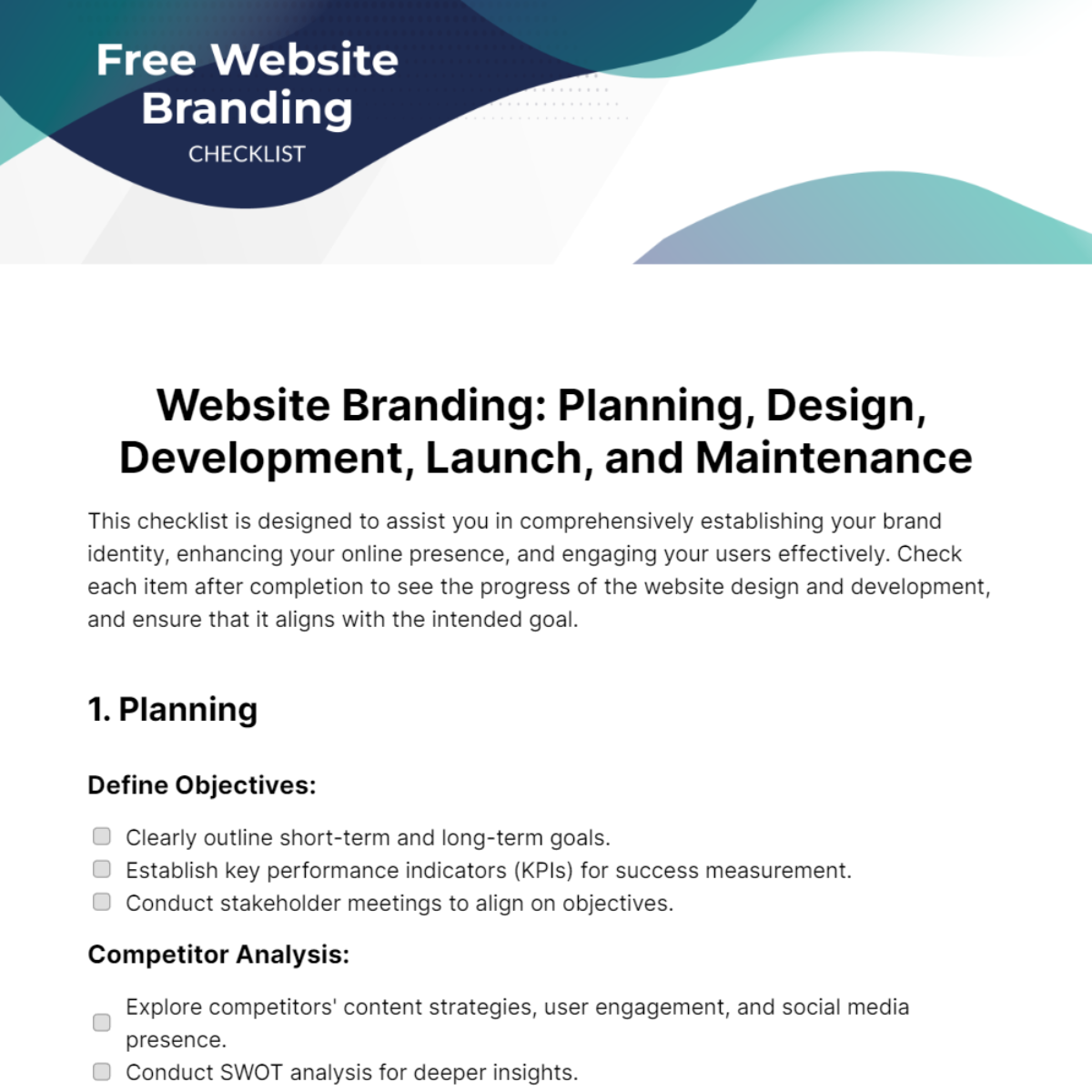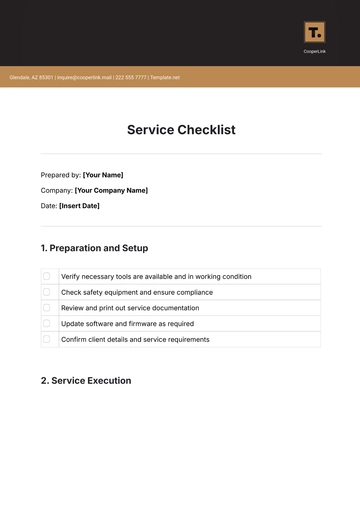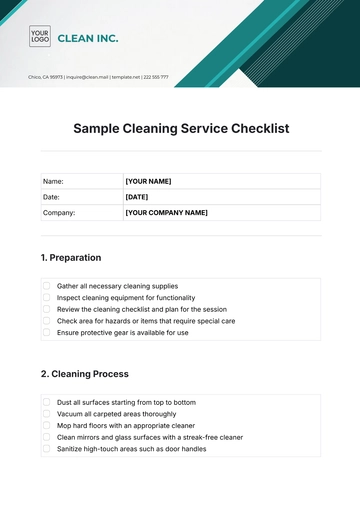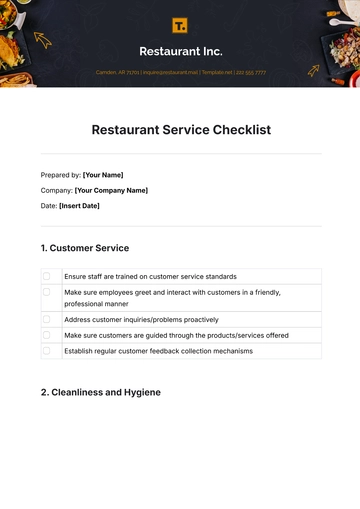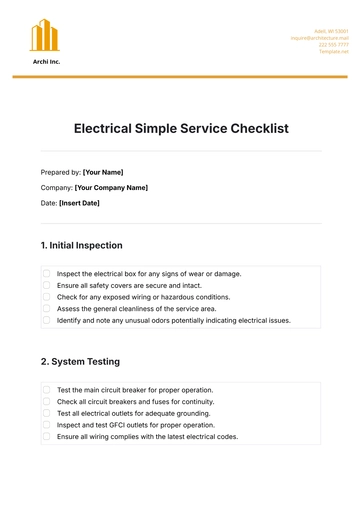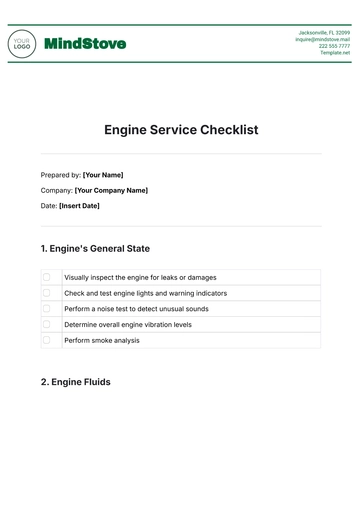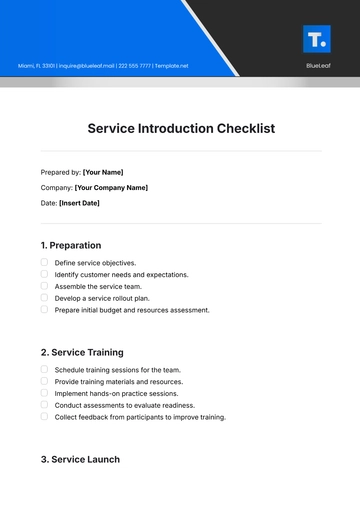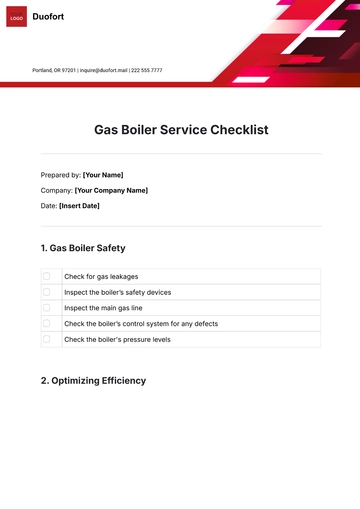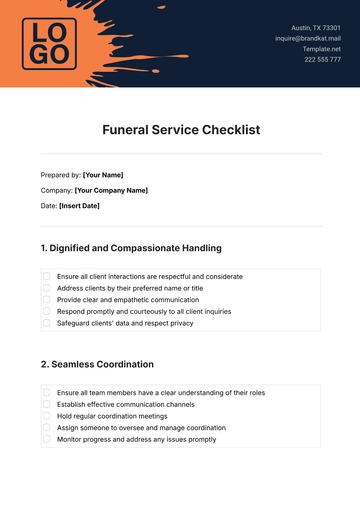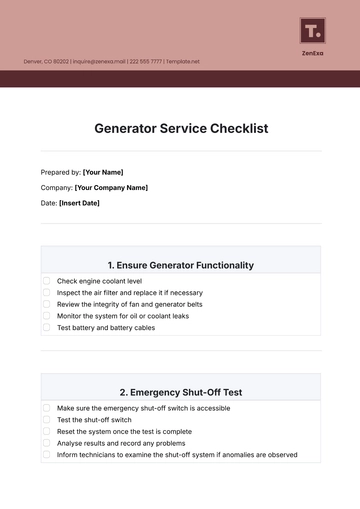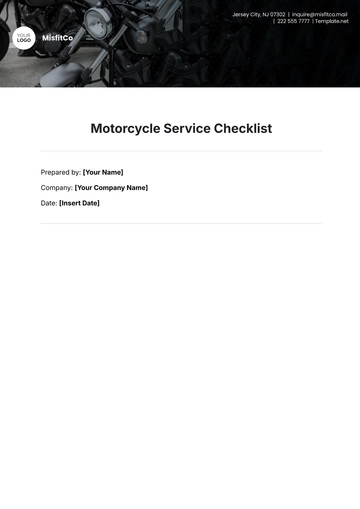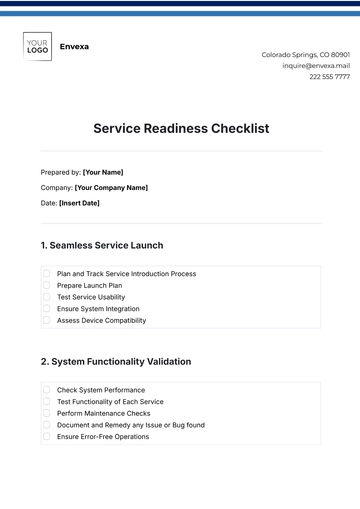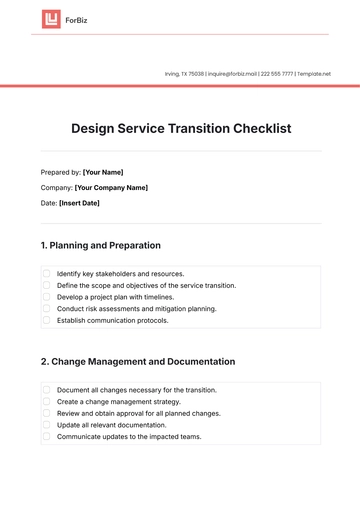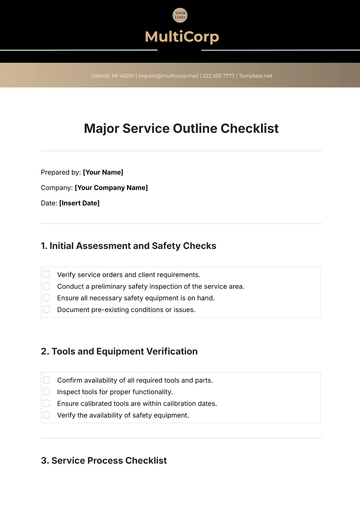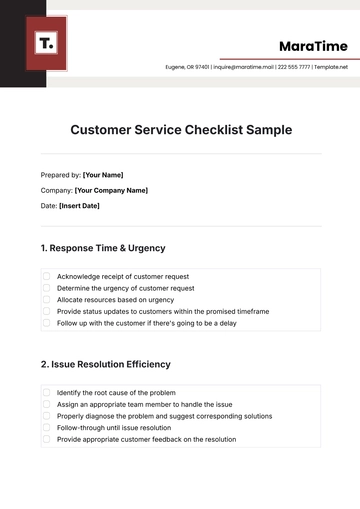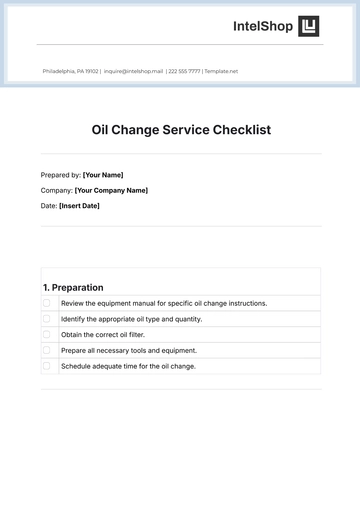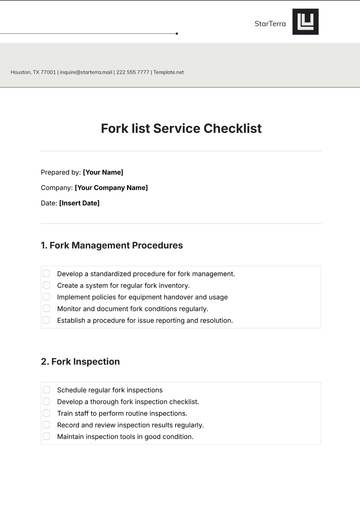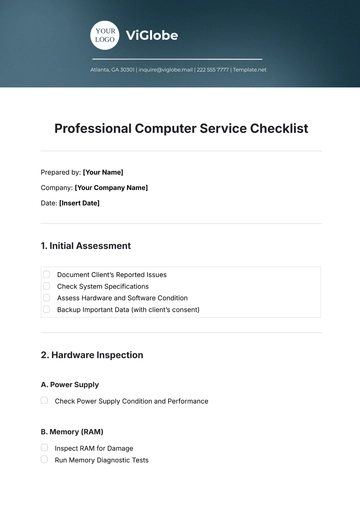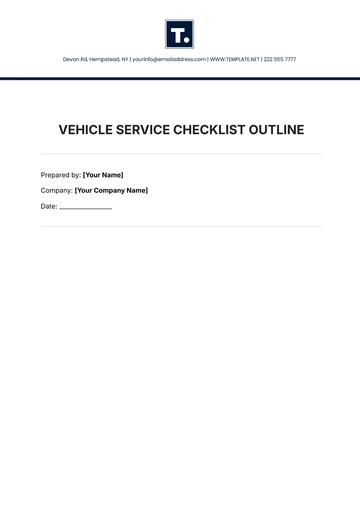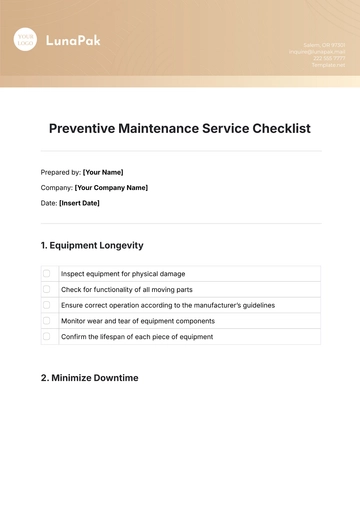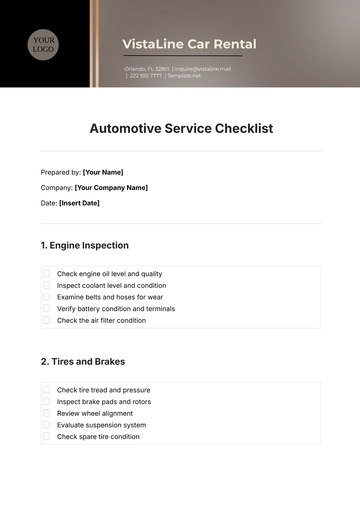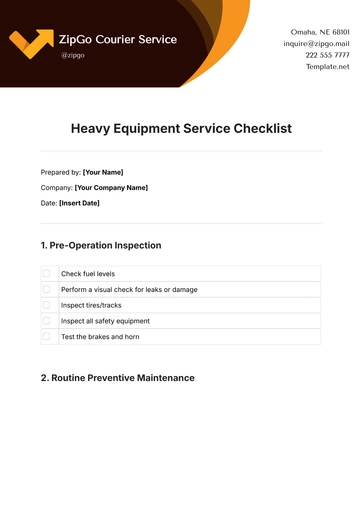Website Branding: Planning, Design, Development, Launch, and Maintenance
This checklist is designed to assist you in comprehensively establishing your brand identity, enhancing your online presence, and engaging your users effectively. Check each item after completion to see the progress of the website design and development, and ensure that it aligns with the intended goal.
1. Planning
Define Objectives:
Competitor Analysis:
Brand Identity:
Content Strategy:
SEO Strategy:
2. Design
Wireframing:
Visual Design:
Responsive Design:
Accessibility:
Mockups and Prototypes:
3. Development
Coding Standards:
Content Management System (CMS):
Integration of Brand Elements:
Functionality Testing:
Performance Optimization:
4. Launch
Domain and Hosting:
Final Testing:
Analytics Setup:
Launch Plan:
5. Maintenance
Regular Backups:
Content Updates:
Security Checks:
Performance Monitoring:
Feedback and Analytics:
Conducted on: [Date]
Conducted by:
[Your Name]
[Your Company Name]
[Your Company Address]
Checklist Templates @ Template.net
